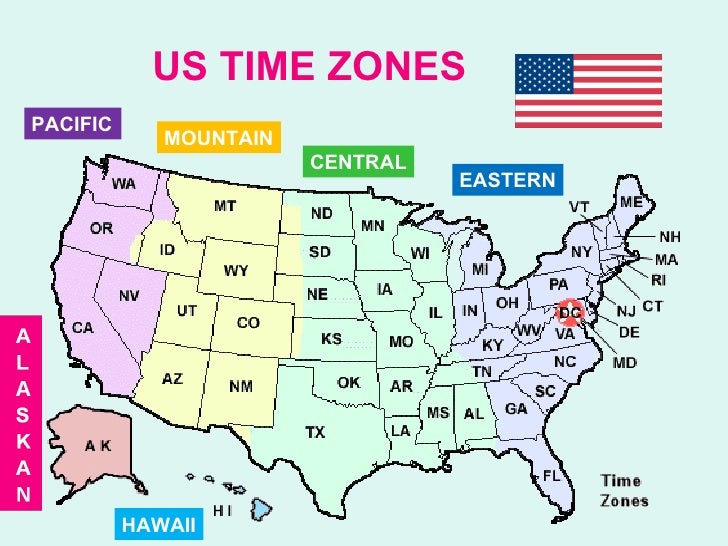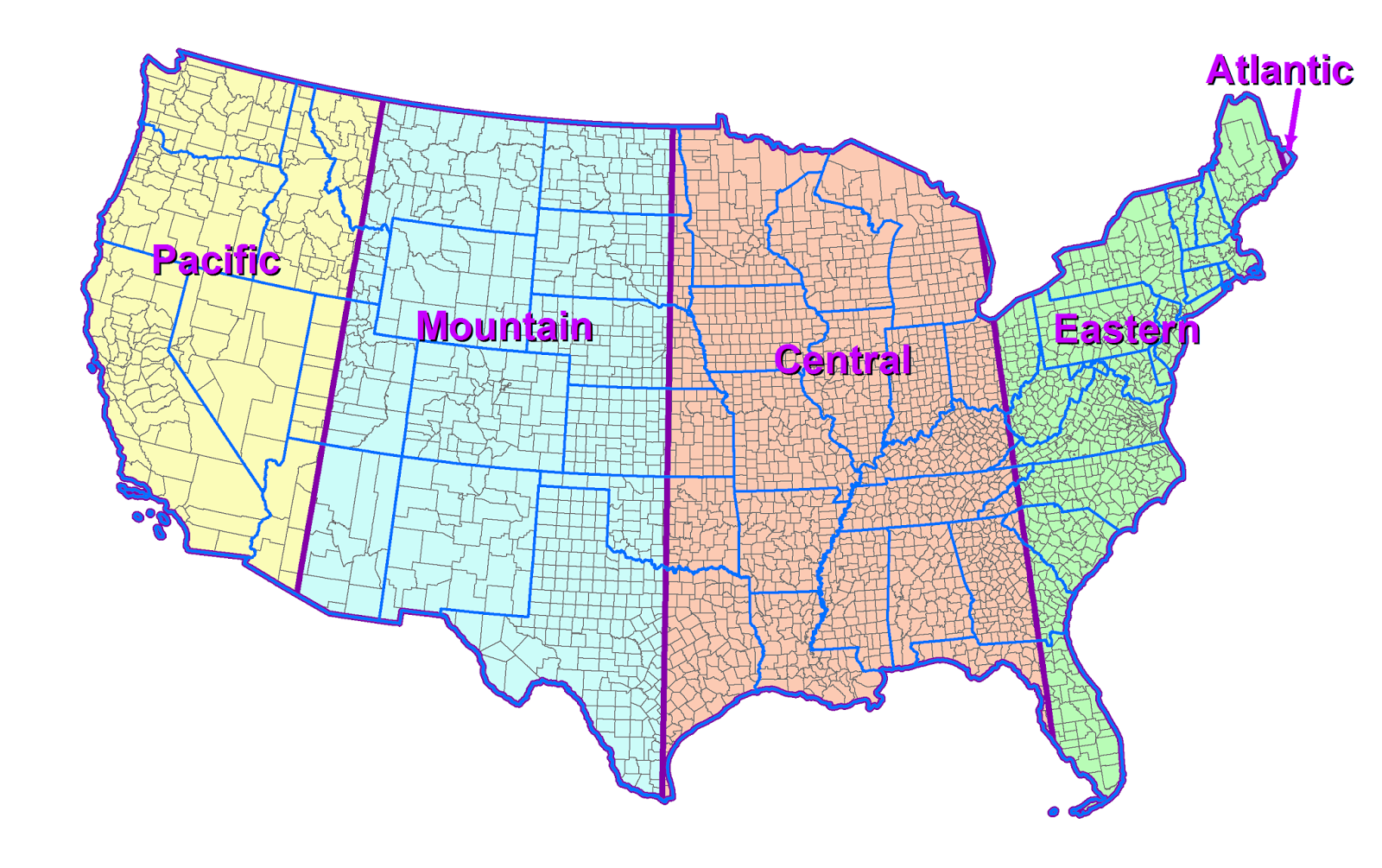

Multiple international listeners have suggested using GMT (Greenwich mean time) as an alternative because it is the same for everyone. For example, you capitalize all the words in “Pacific Standard Time” and “Pacific Daylight Time,” but just the word “Pacific” if you refer to simply “Pacific time.” GMT and UTC
#Eastern time zone full#
Generally, you capitalize all the words when you’re writing the full name of the time zone and capitalize just the first part when you’re using a shortened version. If you’re one of those people, it’s better to simply use “ET” as an abbreviation for “Eastern time” instead of getting it wrong. However, as many readers have noted over the years, it’s common for people not to know whether we’re in daylight saving time or standard time and to write EST throughout the year and not just during standard time. If you need to indicate that a time is in a certain time zone, the simplest way to do it is to put the time zone abbreviation after the time: for Eastern Standard Time, write “4:30 p.m. So during standard time, it is the same time in Arizona and Utah, but during daylight saving time, it is an hour earlier in Arizona because Arizonans don’t “spring forward” like other regions in the same time zone. Arizona, for example, doesn’t participate in daylight saving time, but other states in the same time zone do. Some time zones don’t participate in daylight saving time, and a few places divide their region into half-hour zones.Īctually, it’s even more complicated than that.

For us the world is divided into 24 time zones, and each zone differs by an hour from the time zone next to it. Most countries have signed on to the idea of a standard world time system.

The preferred spelling is ‘daylight saving time.’Ī sad footnote is that supposedly we don’t save energy anymore by switching to daylight saving time because the energy we save by not having to turn on the lights as early is more than offset by how much more we run our air conditioners while we’re home in the warmer evenings. The words are not capitalized, and there’s no hyphen. Remember the spelling by thinking that the whole idea was that people were saving energy. When the United States joined the war, lawmakers agreed that moving the clocks was a good way to save energy, and in the official 1918 law that established the time change in the U.S., they named it “daylight saving time.” It is still generally agreed to be “daylight saving time” today, and not “savings time” (1, 2, 3)- no S at the end. Britain and Germany were the first countries to institute a time change during World War I.


 0 kommentar(er)
0 kommentar(er)
